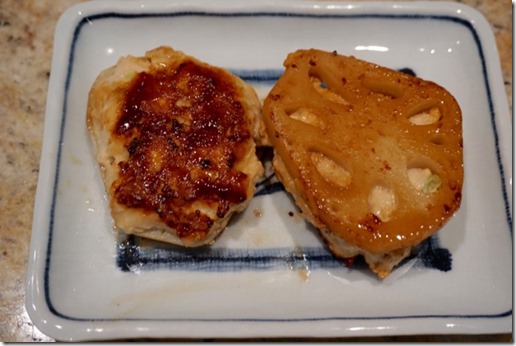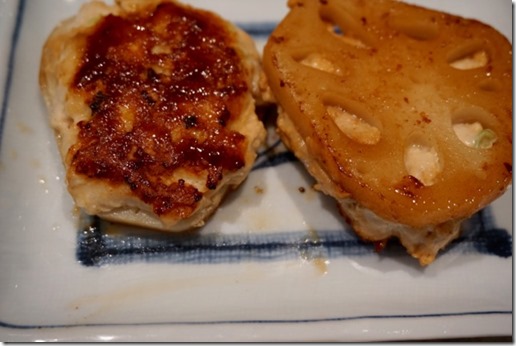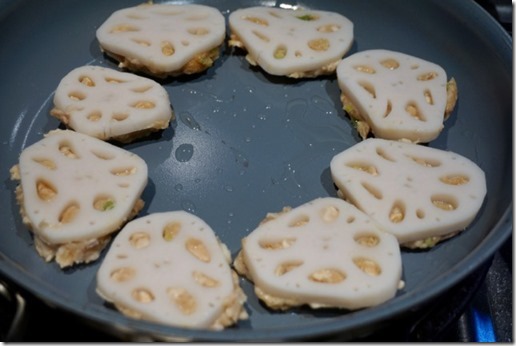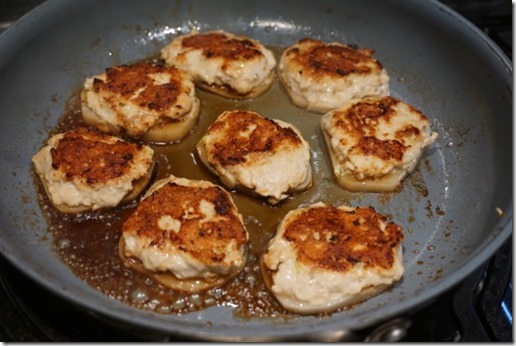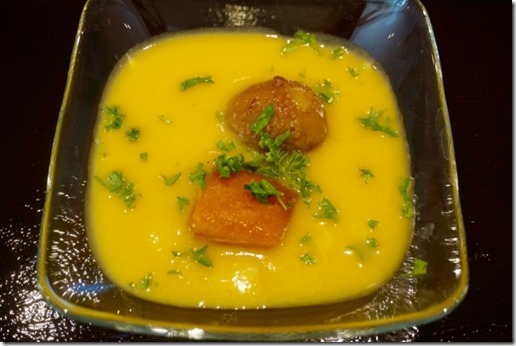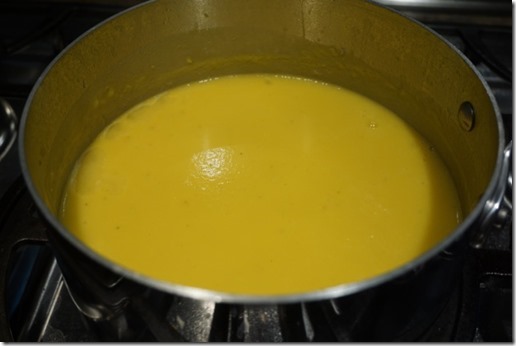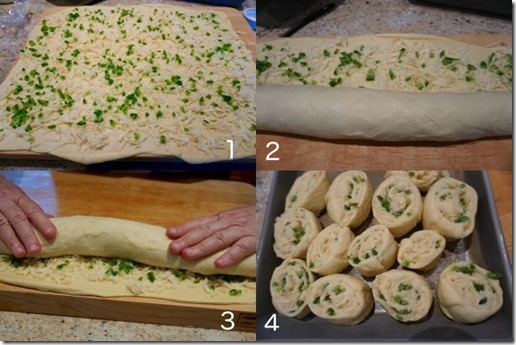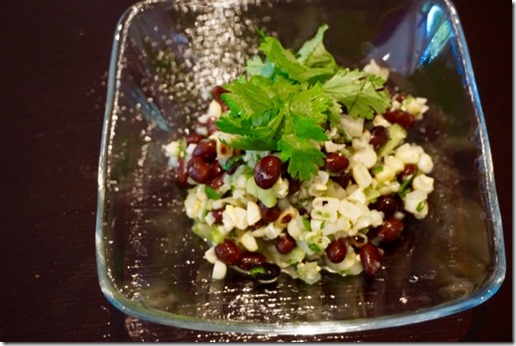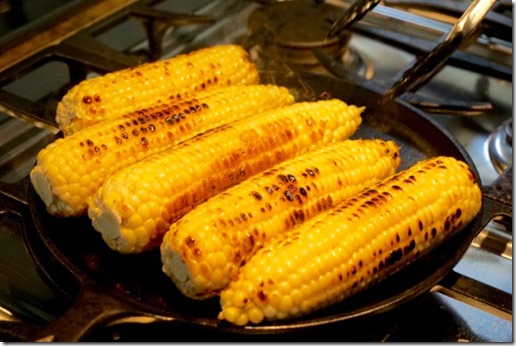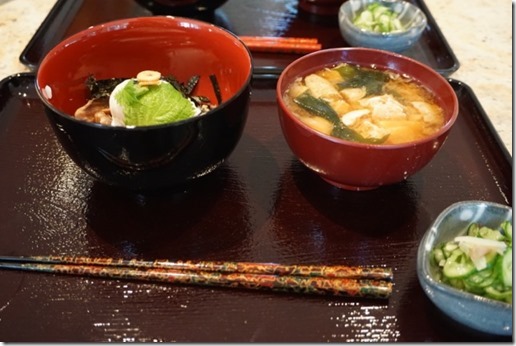
We served this with my chestnuts in syrup and pats of butter.

The bread recipe came from Laurel's Kitchen: Bread Book.
Ingredients:
2tsp active dry yeast
1/2cup warm water
3/4cup very hot water
1/4 honey
1 1/4 buttermilk
5 1/2 whole wheat flour
2tsp salt
4tbs butter
1 to 2 cups chopped up chestnuts in fairly large chunks
Instructions:
Bloom the yeast in the 1/2 cup warm water. Mix the hot water, salt, honey and buttermilk. It should be just slightly warm. Put 4 cups of wheat flour into the bowl of the mixer. Add the liquid ingredients to the flour and continue mixing. Add additional flour until the dough reaches a soft but not sticky consistency. For rolls the dough should be fairly soft. Once the right consistency is reached, knead for 7 minutes. Then an additional 3 minutes first adding the butter a tablespoon at a time until incorporated then the chestnut pieces. If the mixer can't handle the chestnut pieces knead the last part by hand.

Form the dough into a ball and put into a bowl that has a little vegetable oil on the bottom to coat the ball so it doesn't dry out as it rises. Rise in a warm place until double. Deflate and let rise again. The second rising will take 1/2 the time. When it has doubled again deflate and form into individual buns. (To get buns of equal size I weigh the dough--3 1/8 ounces makes the size shown here). Put them in a heavily buttered baking dish. (The butter in the dish makes the crust nice and crunchy). Cook at 400 degrees for about 20 minutes (check them after 15 minutes).
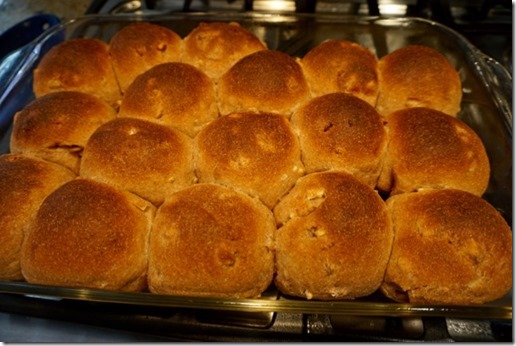
Although this is a whole wheat bread, it is very soft and moist and, by far, our favorite whole wheat bun. The addition of chestnuts was very nice but in retrospect, we should have put in larger pieces and more of them. (Initially we were concerned that the chestnuts might end up fairly hard and in a large size would not have a pleasant mouth feel but it turns out they absorbed into the dough and were quite soft). Since preparing chestnuts is a lot of work, next time we may try making this recipe with prepared chestnuts in a jar (from Europe especially France).

